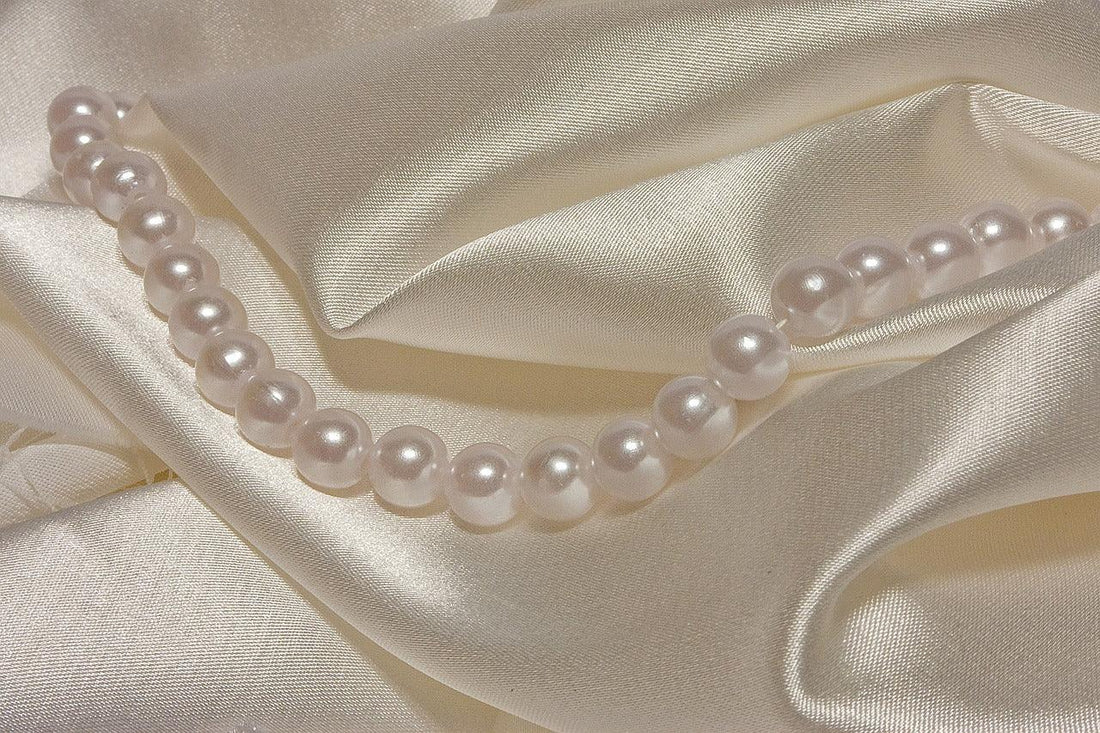Introduction to pearls: exploring types, colors, varieties, best quality, cultural significance, health benefits, usage tips, and care instructions.
Introduction to Pearls
Pearls are enchanting gemstones that captivate with their unique beauty
Understanding the Pearl Gemstone
Pearls are hard, lustrous objects that form inside oysters in a layered, onion-like (concentric) structure made of aragonite (a form of calcium carbonate) and an organic substance called conchiolin. Pearls form in pearl oysters and other mollusks that can produce pearls, and they come in various types.
There are two main types of pearls: natural and cultured. Natural pearls have a lower density compared to cultured pearls.

Types of Pearl Colors
The color of a pearl depends on the water in which the oyster lives. Pearls come in various colors, including:
- White or creamy white
- Shades of pink
- Yellow
- Brown
- Orange
- Green
- Black
- Gray
- Deep blue
- Blue-green

Types of Pearls
Pearl varieties include:
- Persian Gulf pearls
- Australian pearls
- Sri Lankan pearls
- Icelandic pearls
- Mexican pearls
- Panamanian pearls
- Chinese pearls
- Red Sea pearls
- Japanese pearls
- Venezuelan pearls
- Mississippi River pearls
- Scottish pearls
The Best Type of Pearls and Their Varieties
The most esteemed and valuable type of pearls are those from the Persian Gulf and its surrounding lands. They include varieties such as:
- White South Sea Pearl
- Tahitian Pearls
- Akoya Pearls
- Butterfly Oyster Pearl
- Mabe Pearl

Medical Properties of Pearl
- Pearl has a moderate temperament. (According to Aristotle, pearl has a cold and moist temperament.)
- Strengthens the heart.
- Relieves palpitations and cardiac weakness.
- Clears melancholy (dispels fear and anxiety).
- Beneficial for pregnant women, especially when accompanied by two pearls and one coral. (It ensures the safety of both mother and child during childbirth.)
- Pearls are beneficial and therapeutic for many internal and mental illnesses.
- Promotes happiness.
- Brings gentleness to the heart and soul, dispelling grief, sorrow, and spiritual weakness.
- Beneficial and therapeutic for kidney diseases.
- Used in eye medications to improve vision and brightness.
- Expels blood that rises from the throat.
Factors that can damage pearls and diminish their luster:
- Heat, fire, and steam (both dryness and humidity are unsuitable).
- Body sweat.
- Alcohol.
- Perfume.
- Chlorine.
- Oil.
- Strong odors like musk and camphor.
- Impact with hard objects.
- Do not mix pearls with other gemstones (it can tire the pearls).
- Do not store in dark boxes or closed containers.

Charging Pearls
- Store pearls in a glass container and expose them to air once or twice a year.
- Pearls absorb the vibrations of their wearer and neutralize them with their own energy. It's advisable to bathe them in pure sea salt once a month and never store them in a dark, closed box as it dulls their shine and beauty.
- To restore the luster and brightness of pearls (due to oil or sweat), place them in a container, sprinkle some rice over them, heat milk, and pour it over them. Leave them for a while to regain their shine and brightness.
- Manganese is used to prevent pearls from breaking and to strengthen them.
External Sources
- The Application of Pearls in Traditional Medicine of China
- Pearl stone benefits: Everything you need to know
- Types of Pearl & Pearl Origin
We hope this guide provided valuable insights into the enchanting world of pearls. Your feedback means the world to us!




2 comments
Hello! For the Witte Zuidzee Parel or the Perzische Golf armband, please send us a message on WhatsApp at +989152044501. We’ll be happy to guide you and assist with your order. 🌟
hello, i want Witte Zuidzee Parel, of from Perzische golf armband